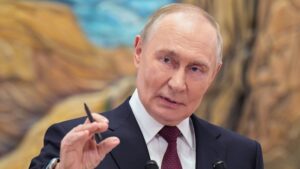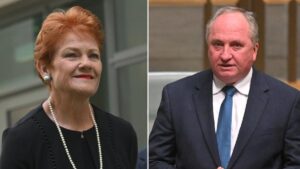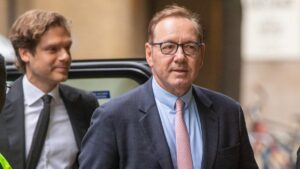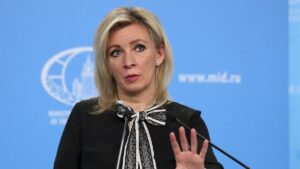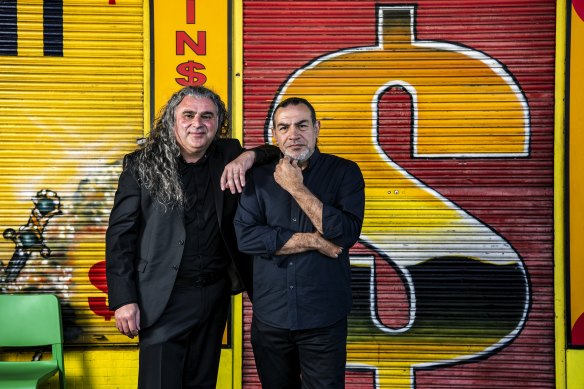
The decision by Creative Australia to initially remove, and subsequently reinstate, artist Khaled Sabsabi and curator Michael Dagostino as Australia’s representatives at the Venice Biennale has sparked intense debate within the arts community. This move highlights the complex interplay between art, politics, and social cohesion.
The controversy began when Creative Australia, the nation’s leading arts body, dismissed Sabsabi and Dagostino, citing concerns over potential divisiveness. The board feared that a “prolonged and divisive debate” could undermine public support for Australia’s artistic endeavors. However, this decision was reversed, marking a significant shift in the board’s stance.
Art and Divisiveness: A Historical Context
The notion that art should avoid divisiveness is a contentious one. Historically, art has often served as a catalyst for social change, challenging prevailing norms and sparking dialogue. The fear of divisiveness, some argue, could lead to a form of self-censorship akin to propaganda.
Creative Australia’s initial decision to remove Sabsabi and Dagostino reflects broader societal tensions. In February 2025, a caravan loaded with explosives was discovered in north-west Sydney, initially labeled as an anti-Jewish terror plot. This incident occurred amidst heightened political tensions, with the Peter Dutton-led Coalition criticizing the Albanese government for its perceived leniency on antisemitism.
The Political Landscape and Artistic Expression
The political climate further complicated the situation. The Albanese government, trailing in the polls, faced mounting pressure as images of conflict in Gaza aired nightly, and Jewish-Australians reported increasing antisemitism. Pro-Palestine and pro-Israel demonstrations frequently clashed, affecting arts organizations across the country.
Sabsabi, a Lebanese-Australian artist known for his pro-Palestinian stance, had previously boycotted the 2022 Sydney Festival due to its financial ties with the Israeli Embassy. His decision, made before the October 2023 Hamas attacks on Israel, underscored his strong political views, which were well-known when he was chosen for the Venice Biennale.
“Art should provoke thought and discussion, not conform to a single narrative,” said an art critic familiar with the situation.
The Role of Art in Society
Sabsabi’s work, including his video and sound installation “YOU,” which features images of Hassan Nasrallah, former head of Hezbollah, exemplifies art’s potential to challenge viewers and provoke dialogue. Owned by the Museum of Contemporary Art in Sydney, “YOU” is a testament to the power of art to engage with complex political and social issues.
Creative Australia’s reversal of its decision to remove Sabsabi and Dagostino highlights the ongoing debate about the role of art in society. Should art strive to be inclusive and non-divisive, or should it embrace its potential to challenge and provoke?
Implications and Future Considerations
The reinstatement of Sabsabi and Dagostino suggests a recognition of the importance of diverse artistic voices. It also reflects a broader understanding that art can be a force for dialogue rather than division. However, this incident raises questions about the criteria used to select artists for international representation and the role of politics in these decisions.
As Australia prepares for the Venice Biennale, the arts community will be watching closely. The outcome of this debate could influence future decisions about artistic representation and the balance between artistic freedom and social cohesion.
The situation underscores the need for ongoing discussion about the role of art in society and the responsibilities of arts organizations in navigating complex political landscapes. As the Biennale approaches, the conversation about art, politics, and social cohesion is likely to continue, both in Australia and beyond.


